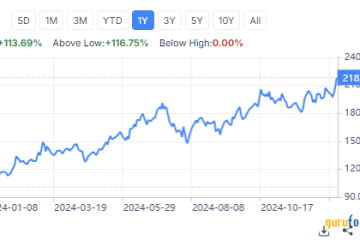Overview of the Current Landscape of Weapons Trade

Introduction
The global weapons trade is a vital aspect of international relations, affecting security dynamics, power balances, and conflicts worldwide. Its relevance has sharply increased due to rising tensions in various regions, ongoing conflicts, and the continuous evolution of warfare technologies. Understanding the current trends in the weapons trade is crucial for policymakers, military analysts, and the general public alike.
Key Events in the Global Weapons Trade
In 2023, the weapons trade has seen significant developments influenced by geopolitical tensions. The ongoing conflict in Ukraine has escalated the demand for arms, particularly from NATO countries supplying Ukraine with military assistance. According to the Stockholm International Peace Research Institute (SIPRI), global military expenditures have risen by 3.7% in the past year, reaching an all-time high.
Meanwhile, tensions in Asia, particularly regarding China’s military assertiveness in the South China Sea, have led neighboring countries to bolster their defense capabilities. Nations like Japan and South Korea are increasing their imports of advanced weaponry, including missile systems and naval assets.
Major Players in the Weapons Market
The United States remains the largest arms exporter, accounting for 39% of global sales. In 2022 and 2023, the U.S. has signed multiple defense contracts with countries such as Saudi Arabia, Australia, and India, further solidifying its status. Russia, while facing sanctions and trade restrictions, remains a significant player, primarily in supplying arms to allies in Asia and the Middle East.
Additionally, European nations are increasingly collaborating on defense projects, such as the European Future Combat Air System (FCAS), aimed at enhancing defense capabilities amid budgetary constraints and the need for advanced technology.
Regulation and Ethical Concerns
Despite the proliferation of arms, there are ongoing debates about regulation. The Arms Trade Treaty, adopted in 2013, aims to control the international trade in conventional weapons and prevent their diversion to unauthorized recipients. Nonetheless, enforcement remains challenging as the growth of non-state actors complicates accountability.
Conclusion
The current landscape of global weapons trade is characterized by increasing demand, shifting alliances, and emerging technologies. As nations respond to evolving security needs, the implications of these trends extend beyond military capabilities and into the realm of national sovereignty and ethical considerations. The growth of the weapons trade highlights the importance of ongoing dialogue, transparency, and international cooperation in promoting peace and stability in an increasingly volatile world.









